Glaucoma / Diagnosis of glaucoma. How is the eye exam?
Around 1 million of Spanish suffer from ocular glaucoma, which is mostly asymptomatic but whose early detection is essential for your best prognosis.
The importance of early diagnosis
Early diagnosis of glaucoma enables us to prevent significant loss of vision. Sufferers of glaucoma should be examined regularly throughout their life as the disease can get worse without the patient realising.
Tonometry
This test measures the intraocular pressure of an eye using various different methods (flattening, air, rebound). The normal pressure range is 10 to 21mm Hg (refers to millimetres of mercury).
Pachymetry
This is a diagnostic test that measures the thickness of the cornea. A probe called a pachymeter is placed on the front of the eye (the cornea) to measure its thickness.
It must then be adjusted according to the thickness of the cornea, to the IOP values detected.
Ophthalmoscopy
This diagnostic procedure helps the doctor to examine the optic nerve so they can identify damage caused by glaucoma. Eye drops are used to dilate the pupil so that the specialised can look inside the eye and examine the shape and colour of the optic nerve, which is responsible for transmitting visual information from the retina to the brain.
Perimetry or Visual Field (VF)
This is an examination for assessing visual function by exploring 30º of field amplitude, then analysing any defects identified and their location. Sequential VF examinations enable us to assess progression at follow-up consultations.
Gonioscopy
It is advisable to perform a gonioscopy, where a lens is positioned on the cornea so that we can analyse the camerular angle, which constitutes the drainage area.
This test enables us to determine the angular amplitude, whether the angle is open or closed, and whether there are any anomalies that could compromise drainage. A portable contact lens is placed on the eye. The thickness of this contact lens tells the specialist if the angle between the iris and cornea is closed and blocked or wide and open.
Glaucoma. Did you know...?
Survey carried out by Cícero Comunicación to the specialists of our medical team.
• Glaucoma disease awareness:
→ 18% believe that the population over 65 years of age.
→ In short, more than 90% of ophthalmologists consider that the population over 45 years of age is aware of glaucoma.
• What messages would ophthalmologists prioritize in awareness campaigns for the early detection of glaucoma?
→ The second message they would prioritize would be the seriousness of the prognosis in case of late diagnosis, according to 31% of those surveyed.
→ Thirdly, they would prioritize, also according to 31% of ophthalmologists, messages about the importance of routine/periodic ophthalmological check-ups.
→ In fourth position and, therefore, less important, would be the messages on adherence to treatment and/or the importance of interventions according to 31% of ophthalmologists.
→ The messages that would not be prioritized according to 42% of the respondents would be those related to the anti-coronavirus protocols of the clinics.
Our glaucoma specialists

Dr. Pedro Tañá Rivero
Glaucoma specialist ophthalmologist
Clinics in which he attends:
Alicante and Madrid
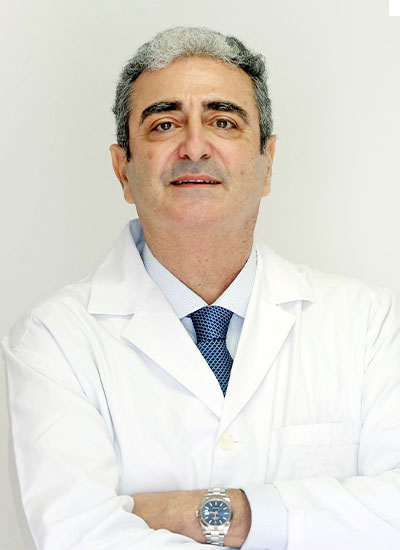
Dr. Ramón Ruiz Mesa
Glaucoma specialist ophthalmologist
Clinics in which he attends:
Cádiz, Sevilla and Granada

Dr. José María Marín Sánchez
Glaucoma specialist ophthalmologist
Clinics in which he attends:
Murcia

Dr. Christian García Elskamp
Glaucoma specialist ophthalmologist
Clinics in which he attends:
Murcia and Cartagena

Dr. Juan Carlos Elvira Cruañes
Glaucoma specialist ophthalmologist
Clinics in which he attends:
Alicante and Elche

Dr. Francisco Pastor Pascual
Glaucoma specialist ophthalmologist
Clinics in which he attends:
Valencia and Madrid

Dra. Marta Ibarz Barbera
Glaucoma specialist ophthalmologist
Clinics in which she attends:
Madrid

Dr. Marceliano Crespo Bordonaba
Glaucoma specialist ophthalmologist
Clinics in which he attends:
Madrid
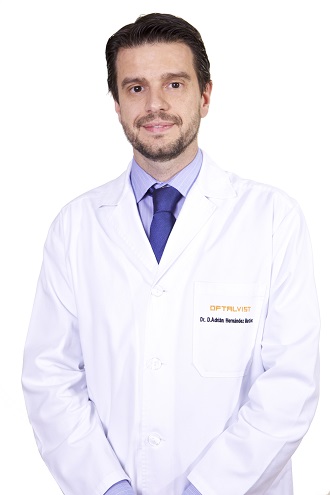
Dr. Adrián Hernández Martínez
Glaucoma specialist ophthalmologist
Clinics in which he attends:
Sevilla
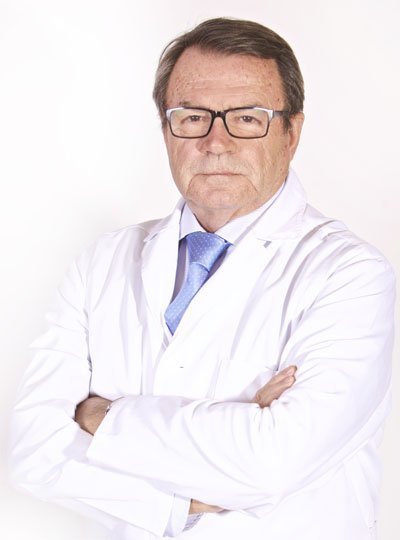
Dr. Adrián Hernández Sánchez
Glaucoma specialist ophthalmologist
Clinics in which he attends:
Sevilla
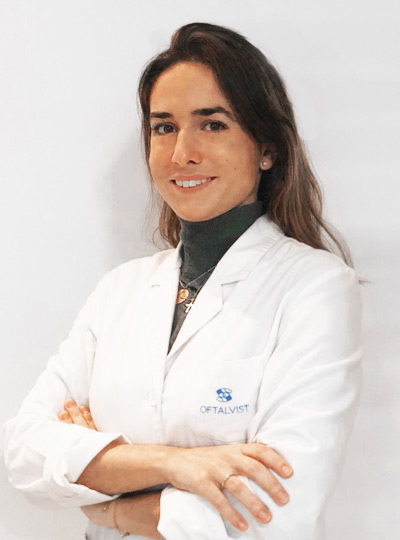
Dra. Beatriz Gonzalo Suárez
Glaucoma specialist ophthalmologist
Clinics in which she attends:
Madrid

Dra. Beatriz Marcuello Melendo
Glaucoma specialist ophthalmologist
Clinics in which she attends:
Sevilla

Dr. Enrique Aguado García
Glaucoma specialist ophthalmologist
Clinics in which he attends:
Lleida

Dr. Enrique Iboleón López
Glaucoma specialist ophthalmologist
Clinics in which he attends:
Granada
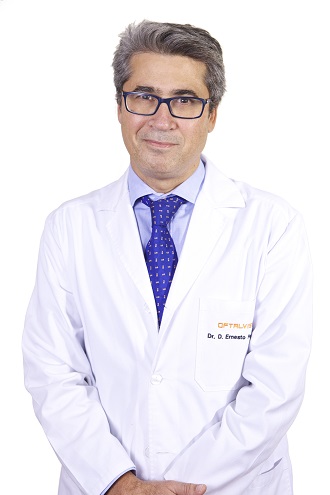
Dr. Ernesto Pereira Delgado
Glaucoma specialist ophthalmologist
Clinics in which he attends:
Sevilla

Dr. Fredy Eduardo Molina Socola
Glaucoma specialist ophthalmologist
Clinics in which he attends:
Huelva

Dr. Gabriel Scalerandi
Glaucoma specialist ophthalmologist
Clinics in which he attends:
Dénia

Dra. Isabel Villalaín Rodes
Glaucoma specialist ophthalmologist
Clinics in which she attends:
Valencia

Dr. José Manuel Guerra Crespo
Glaucoma specialist ophthalmologist
Clinics in which he attends:
Cáceres

Dr. José Miguel Román Guindo
Glaucoma specialist ophthalmologist
Clinics in which he attends:
Málaga

Dra. María del Carmen López Quero
Glaucoma specialist ophthalmologist
Clinics in which she attends:
Murcia
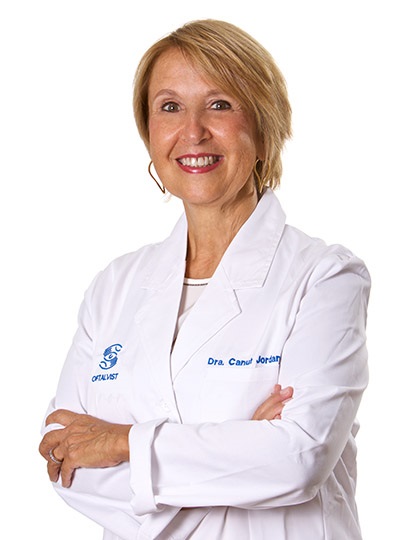
Dra. María Isabel Jordana Canut
Glaucoma specialist ophthalmologist
Clinics in which she attends:
Barcelona and Lleida

Dr. Hazem Alaskar Alani
Glaucoma specialist ophthalmologist
Clinics in which he attends:
Almería

Dra. Berta García Tomás
Glaucoma specialist ophthalmologist
Clinics in which she attends:
Murcia and Cartagena



